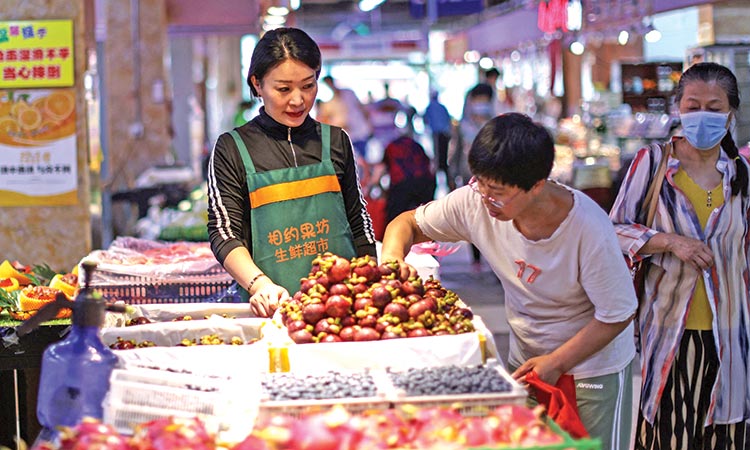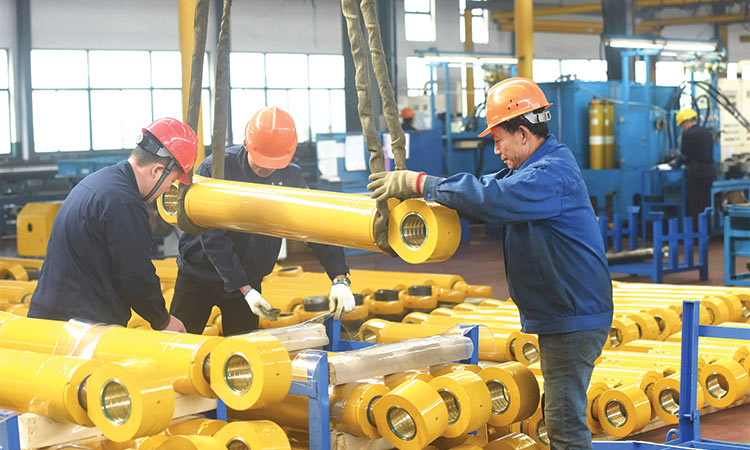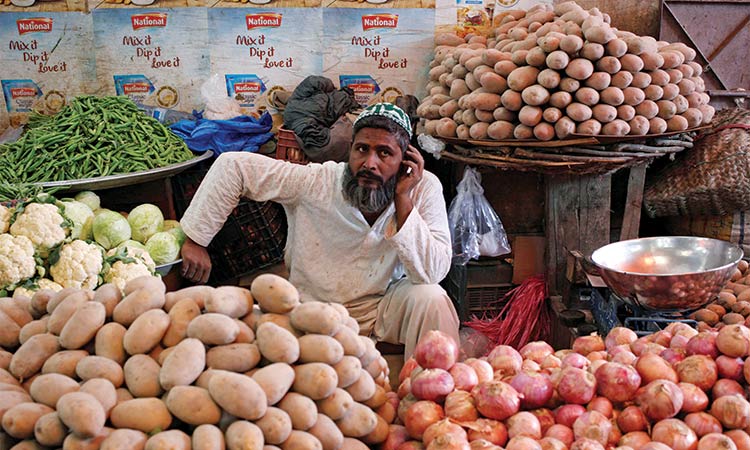China manufacturing sector weakens further

Picture used for illustrative purpose only.
The monthly purchasing managers’ index, released by China’s National Bureau of Statistics, fell to 47.4 in April, down from 49.5 in March on a 100-point scale. Numbers below 50 show activity contracting.
The domestic COVID-19 outbreaks have impacted China’s factory activities and market demand, said the bureau’s statistician Zhao Qinghe.
Some enterprises have reduced or stopped production, with disruptions in logistics as well as the supply or raw materials and components.
Shanghai, China’s most populous city, spent weeks in April under lockdown. The capital, Beijing, began mass testing millions of residents this week.
In the northeast, authorities in Changchun and Jilin also spent most of April in lockdown, forcing automakers and other factories to shut down. Other smaller Chinese cities have also faced citywide or district lockdowns.
According to the statistics bureau, non-manufacturing business activity also fell 6.5 percentage points to 41.9.
Service industry activity fell to 40, down from 46.7 the previous month, as activity in sectors such as air transport, accommodation and catering took a hit during the outbreaks, the bureau said.
However, the construction industry continued to expand, especially the civil engineering construction sector. It is expected that progress in the construction industry will play a role in supporting economic recovery, according to Zhao.
Big Five lenders post profit: China’s five largest state-owned banks posted their strongest first quarter net profit growth for at least 7 years over the last two days, as soured debts fell.
While many lenders are struggling with loans to cash-strapped developers, China’s largest banks have weathered the storm with their diversified portfolios and lower exposure to risky property clients.
Industrial and Commercial Bank of China Limited, the world’s largest lender, reported a rise of 5.7% in first-quarter net profit on Friday, the highest growth in that period since at least 2015.
China Construction Bank Corp (CCB), Agricultural Bank of China Ltd (AgBank) and Bank of Communications Co Ltd (BoCom) followed suit, posting their highest first-quarter net profit growth since at least 2014.
On Saturday, the fourth largest bank by assets, Bank of China Ltd (BoC), posted a rise of 7% in first-quarter net profit, for an increase that is the highest growth in that quarterly period since 2015.
All five reported shrinking or steady non-performing loan ratios.
While first-quarter results show a rebound by the big banks from slowing economic growth caused by the original COVID-19 outbreak, two years later they face a resurgence of the more transmissible Omicron variant, which is sweeping China.
The financial hub of Shanghai has been locked down for four weeks, as the capital Beijing began mass testing in some areas.
“The renewed business disruptions from China’s coronavirus-induced lockdowns will continue to weigh on economic sentiment and activity and add to banks’ asset risks,” said Yulia Wan, a banks analyst at Moody’s.
One banker at a top-ten Chinese bank said she had seen the greatest impact among small to medium-sized enterprises. “The smaller borrowers, especially those in manufacturing are really suffering this time round, because they don’t have the cash reserves like some of the bigger companies to be able to keep operations running indefinitely,” she said.
But her bank was not handing out a blanket pass to those suffering cash-flow issues caused by the lockdowns, she added.
China notified its “Big Four” state lenders on Friday that they can issue loss-absorbing bonds, in a move that would help douse potential instability in its financial system.
The lenders have a challenging year ahead.
“Slower GDP growth, lower interest rates, property sector distress and external uncertainties from the Russia-Ukraine military conflict will weaken Chinese banks’ operating environment and asset risk in the coming 12 to 18 months,” Moody’s said in a note earlier this month.







